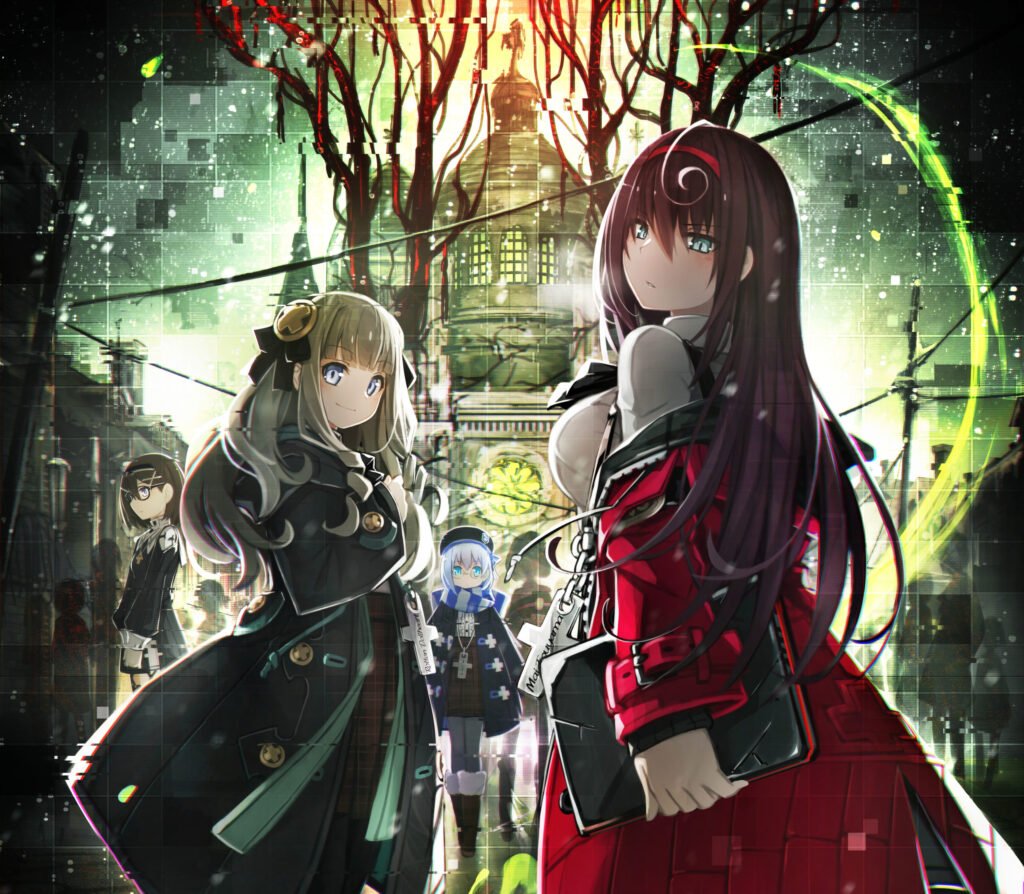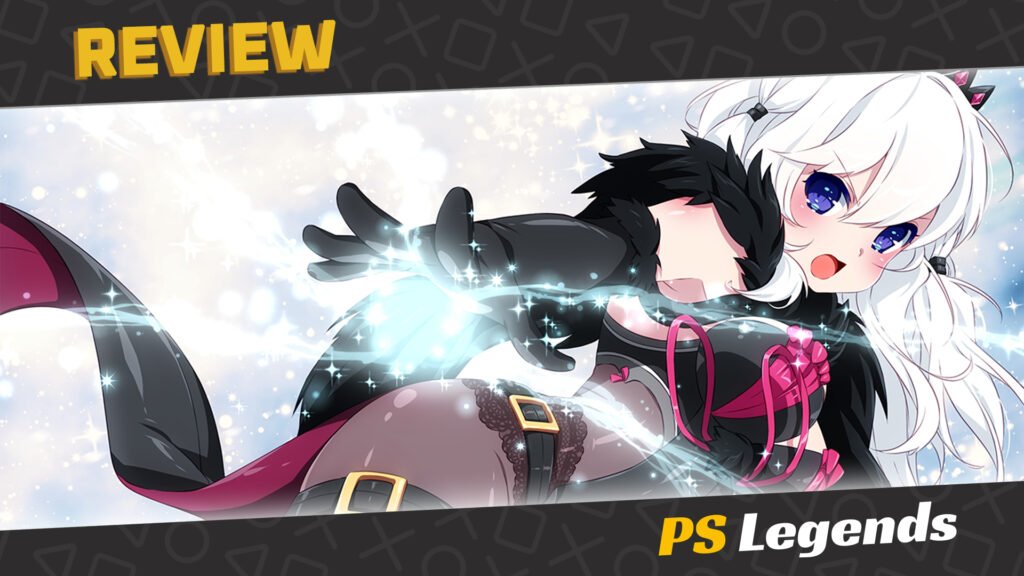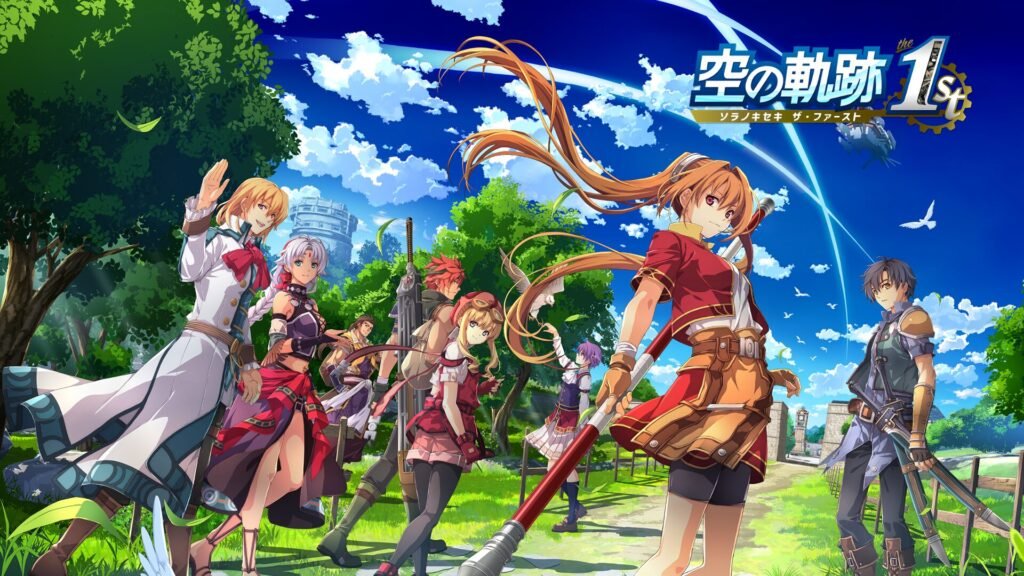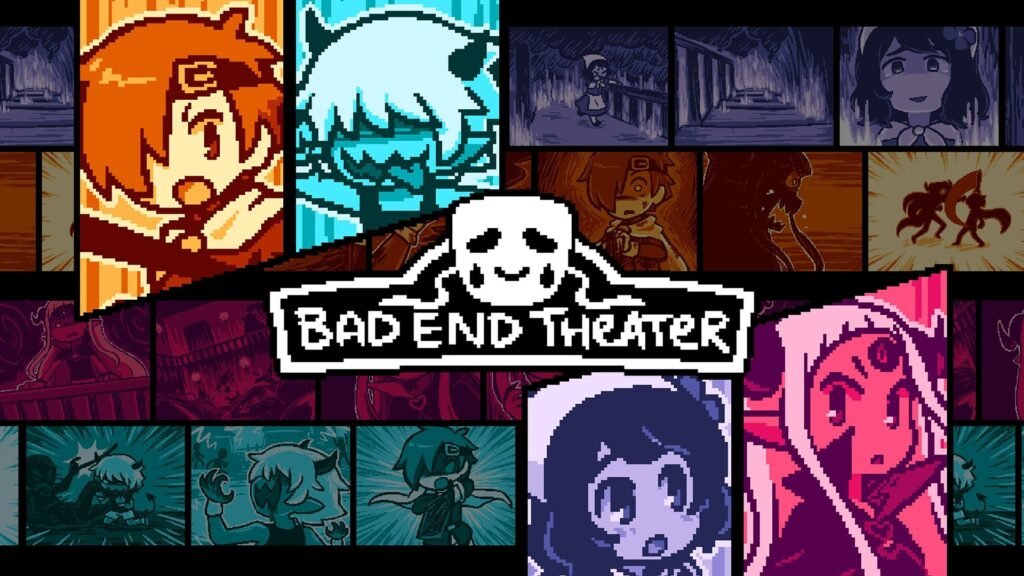I adore Compile Heart/Idea Factory JRPGs, specifically, the Hyperdimension Neptunia series, which peaked back on the PS3 and Vita but now sadly seems past its prime, with third parties drafted in to fire out the occasional spin-off rather than canonical sequels.
This left opportunities for new IPs when the PS4 came along, and whilst their first PS4 game, Omega Quintet (the very game I bought my PS4 for) turned out to be something of a broken mess, two new projects came a few years later, though I’m not so sure the right one got the fanfare and sequel.
Introduction
I adored Dragon Star Varnir (as you’ll remember from its review) with its charming witch characters, romance elements, sexy outfits, and airborne combat. It was hours of fun and a game I’m proud to own the platinum trophy for. Despite this, it was Death end re;Quest that got more attention.
An interesting title, certainly, as it was essentially two games combined into one, with its RPG mode where you play as a character named Shina who is trapped inside an MMO world, and the visual novel mode where you play as Arata, one of the MMO’s developers in the real world.
These two scenarios ran side-by-side, and you would regularly have to switch between the two. This made for a very long game, which was made even longer by viewing the ‘Death Ends’. These were story branches made by ‘bad’ player choices, which would see Arata or Shina and her party get bloodily murdered, though the game actually rewards you with bonus items for experiencing this.
After sitting through this long tale of hefty visual novel sections and graphically samey dungeons, all hell breaks loose near the end, and the two worlds start to merge together, a narrative choice that only epic levels of Deus Ex Machina can fix. Despite my patience and thorough attitude to completion, the game saw fit to give me a bad ending.
To say I was angry would be an understatement. I turned off the game, never played it again, and sold it at the next opportunity. However, now we have a sequel, and it has some potential, too. It’s a shorter experience, too, since the visual novel elements are condensed into cutscenes, which break up the main game into chapters, giving it a better hybrid flow.
Story
We have a new protagonist this time in the form of high-school girl Mai Toyama, who, after killing her abusive, alcoholic father in self-defense and with her mother also dead, Mai enrols in all-girls boarding school Woodsworth Academy in the isolated town of Le Choara in hopes of reuniting with her estranged sister Sanae there but finds Le Choara and even her school under the thumb of the religious cult of El Strain.
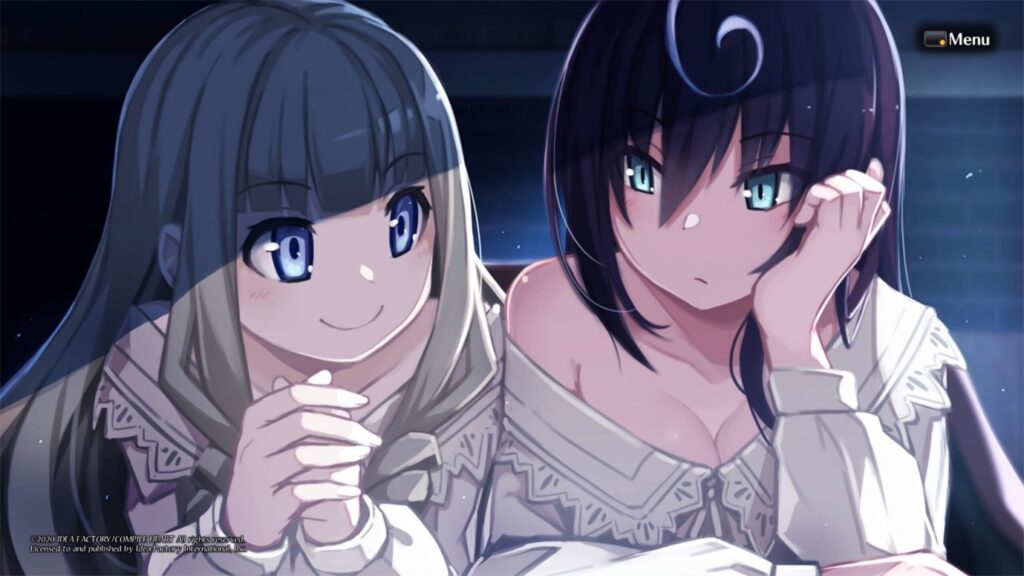
The game wastes no time in hinting that things in Le Choara aren’t what they seem, as mysterious glowing plants sprout from roads and buildings at night, along with a deadly assortment of monsters and apparitions.
Mai and two of her classmates, the love-struck Rottie (dreadful name) and conflicted exorcist Liliana team up with Shina and company from the last game, who support from behind the scenes to uncover the town’s secrets. Could Mai’s sister really be here somewhere?
Gameplay
Combat is quick, simple, classic turn-based fun with a quirky mechanic that allows you to knock enemies into each other and/or invisible walls for extra damage. The girls also have the ability to ‘Glitch’, transforming into sexier, neon outfits with stat boosts to aid in combat.
The game also features an auto-battle option if you want to grind with a hands-off approach, but do be careful as it isn’t intelligent enough to get you through some of the more brutal fights.
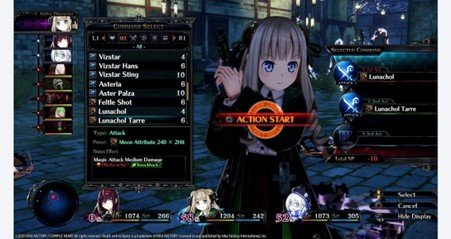
It’s not long before the Death Ends return, and making the wrong choices will see your party and/or Mai’s other classmates get gruesomely murdered. Again, this has rewards, including trophies, but it makes for a truly harrowing experience.
Witnessing schoolgirls being vividly tortured and killed, with their expertly voiced screams echoing through your speakers or headphones is not fun. If this sounds appealing to you, then I’d suggest spending your money on therapy sessions rather than games.
Graphics/Sound
As much as I liked the characters, their relationships, and the expertly delivered voice-acting, the only other positive worth writing about is the graphical upgrade since the repetitive, copy-pasted environments from the last game have been stripped out in favor of a beautifully detailed town, right down to the brick-work. It’s an ever-expanding town with plenty of environmental variety, too.
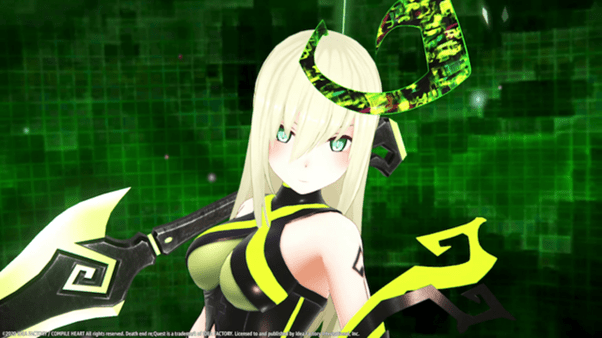
The use of contrasting colors at night is a nice touch. The daytime 2D visual novel cutscenes are of a suitably bright and detailed standard, but at night, you’ll be exploring with limited lighting, so the girls’ glowing neon Glitch costumes really help them stand out, and their character-specific colors help identify who is who on the chaotic battlefields. Is this enough to make it a positive experience? Well, sadly not.
Replayability
Asking a player to brave such a dark and unpleasantly gory game a second time may seem like a bit much to ask, but there are rewards here in the form of trophies. You’ll need to finish the game at least twice to view each of the three possible endings.
You’ll also need to view all Death Ends, kill 1,000 enemies, and play through the game’s bonus dungeon, ‘Pain Area’, and beat the secret boss within. It’s here where a little level of grinding comes in handy as the challenge really ramps up, even in easy mode.
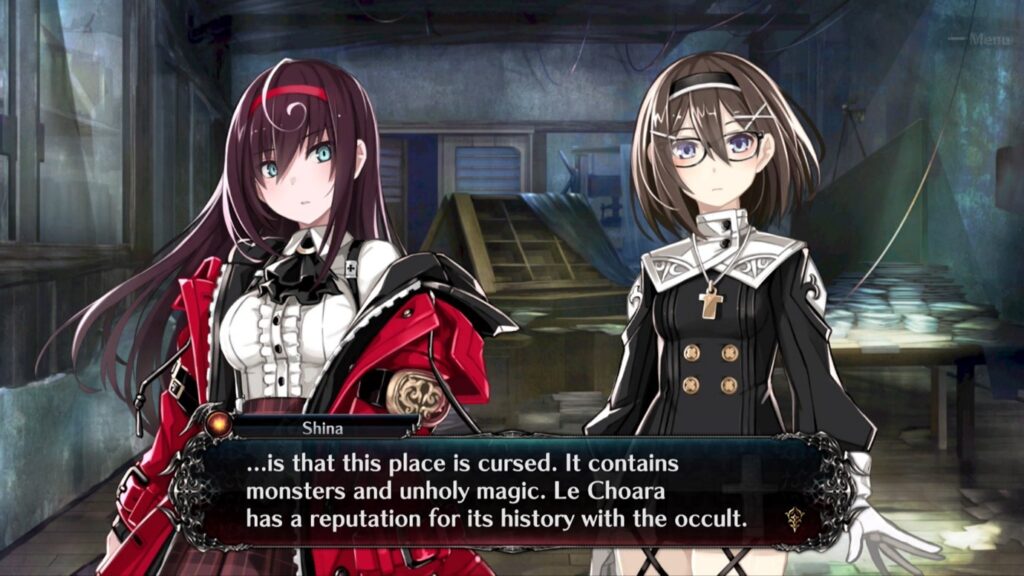
Conclusion
I’ve said it before and I’ll say it again, Death end re;Quest 2 is a harrowing experience that even getting the game’s brighter, true ending couldn’t distract from. The deaths of much-loved characters, both old and new, are too frequent, too many and too graphic.
The game even expands its content with an additional side story (again told through chapters) of a key character from the previous game in New Game +, however, I’d already seen enough carnage to skip all cutscenes in the second playthrough.
This horrific experience raises questions about the game’s strange attitude towards censorship, with the bloody murders and dismemberment being shown in still yet detailed images whilst sexualized content takes a significant step back.
The game’s skimpy Glitch costumes and transformations from the previous game have been edited to mask more nudity and with some minor alterations made to the outfits of party members to show slightly less skin. There’s also a BDSM sex scene about half-way through the game, which is cut entirely apart from a few text box references.
It’s also implied at the start of the game that poor Mai was also sexually abused as well as verbally and physically, yet this is never referenced again, almost like pretending it didn’t happen. This attitude is… troubling.
A saving grace for those of us with anti-censorship mindsets is that several characters from both early and late teens have an open-minded attitude towards same-sex relationships and intimacy, another realistic example that everyone feels differently about, though it’s certainly not portrayed with the same intensity as Blue Reflection this time around.
I wanted to like Death end re;Quest 2. I really did. It’s just got its priorities in the wrong places, and I’m not just talking about censorship. It’s more horror than RPG, and that’s not a good thing.
I like a game that leaves me with a serene feeling of contentment and with closure from great storytelling rather than milking Deus Ex Machina. Death end re;Quest 2 just left me feeling sickened. It’s really not a platinum I’m proud of. I think I’ll be avoiding any further sequels. I suggest you do the same.
Joys
- A decent visual upgrade
- Solid combat
Cons
- Lazy, trope-heavy storytelling
- Over the top violence and gore
- Needless censorship
